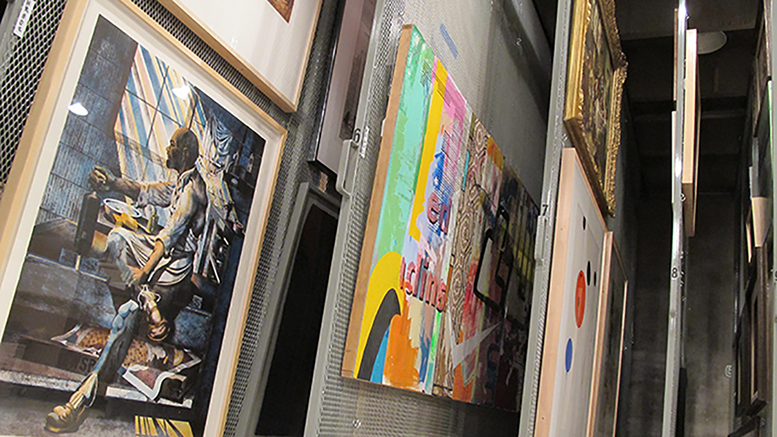
Behind the Scenes at the Museum with curator Danny Bills
It has been said exhibition curation could be compared to making a movie. The curator is like a movie director, conceptualizing the exhibition and overseeing all production details, such as selecting artworks and arranging them in space, managing a skilled team, facilitating art shipping, setting dates, planning an opening event, and budgeting, writing, marketing, installing, and problem solving.
Although many curators share a common purpose, there is not one singular process that every curator uses. As we lead up to major exhibitions, I will share with you my process. I hope to give you an insider perspective of art exhibitions and a personal connection to the museum experience.
Danny Bills, Curator of Exhibitions and Collections
Quilt Journeys: Women's Voices
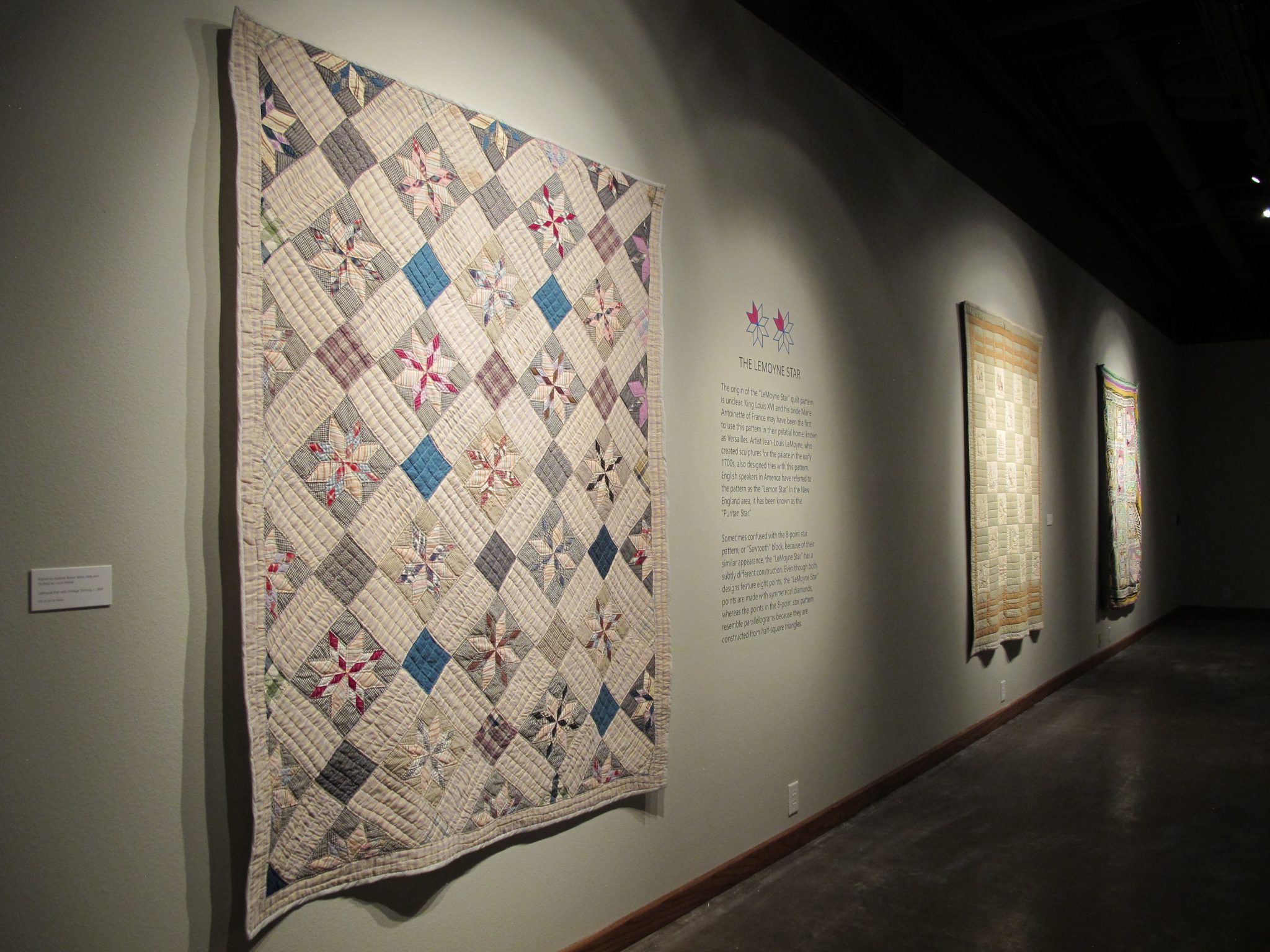
Looking at the Museum quilt collection, a question came to my mind: How did they get here?
Sure, I can look in the file and see who donated each quilt, and there may be a few notes present, but I wonder, how many people used that quilt for warmth? How many times did that quilt get handed down from family member to family member until the donation decision was made?
Many quilts displayed on museum walls spent most of their lives draped across a bed. What is a quilt journey? Is it the journey of the fabric through generations of family and then finally into a museum? Does the journey refer to the quilters themselves who learn to quilt from parents and grandparents and then pass that knowledge to the following generations? What about quilters who journey from poverty to artisans to entrepreneurs?
The example of this that I found inspirational in my research for the WFMA quilt exhibit is the story of the quilts and quilters of Gee’s Bend.
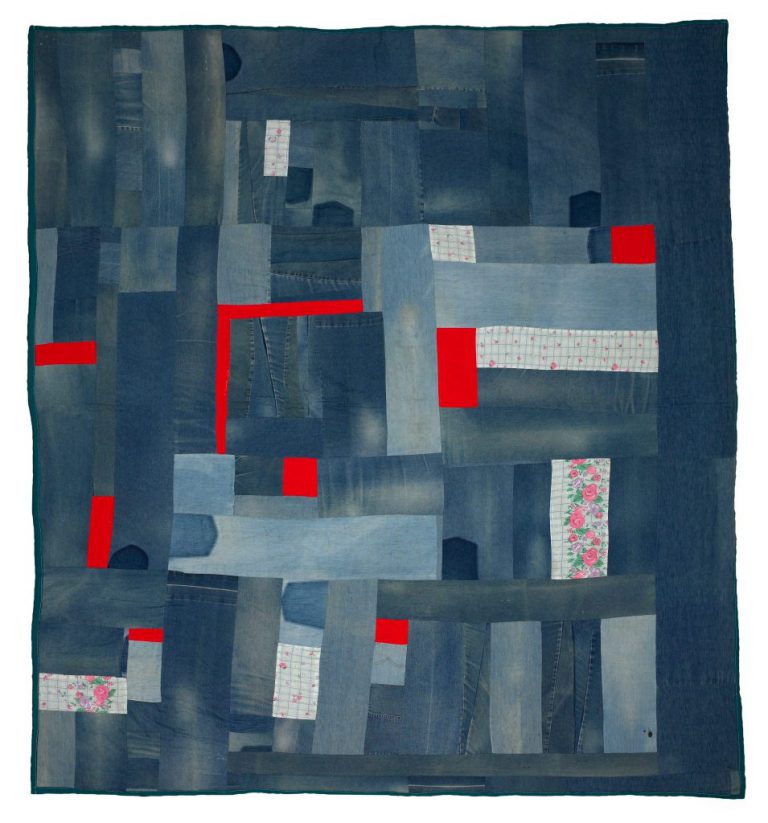
Mary Lee Bendolph
Denim and cotton
99 1/2 x 88 in
New Orleans Museum of Art purchase, and gift of the Souls Grown Deep Foundation from the William S. Arnett Collection, 2017.171, © Mary Lee Bendolph/Artists Rights Society (ARS), New York, Photograph by Stephen Pitkin/Pitkin Studio/Art Resource, NY.
Gee's Bend, Alabama is a town historically steeped in poverty. The African American women of Gee's Bend represent multi-generations of quilters, whose first step in their journeys was being raised under the quilt. To put it simply, quilts were constructed to keep the family warm. In some cases, this protective element was made from scraps of clothing that bad been worn and handed down until they were no longer serviceable. This fabric took the last step in its journey by being sewn into a quilt to keeo others warm. But that may not be the last step in the journey.
Starting in 2005 and as recent as 2020, an exhibition entitled “The Quilts of Gee’s Bend” organized by the Museum of Fine Arts, Houston and the Tinwood Alliance has traveled the nation with stops in Boston, New York, Louisiana, and Philadelphia, to name a few. The New York Times called these improvisational quilts “some of the most miraculous works of modern art America has produced.” This exhibition created a new audience for these creations and served as a step in the journey to new opportunities.
Rebecca van Bergen played a role in the Gee’s Bend artists turning a necessity into a source of income. Van Bergen is the founder of Nest, a nonprofit dedicated to the idea of craft, the second largest employer of women around the world, being a means to correct inequities in global gender income. With her help, after these quilts became famous nationwide, the women of Gee’s Bend established an online means of selling their quilts and, as a result, became entrepreneurs.
I found this story particularly inspiring as a curator looking at the quilt journey. The quilts, originally sewn out of necessity, became part of a tradition and then a new form of sustainment, and are now the national vehicle for the stories and voices of the women of Gee’s Bend.
Women Who've Made Gee's Bend Quilts Are Finally Receiving Their Due | Sunday TODAY
Explore past exhibitions with Curator's Clues
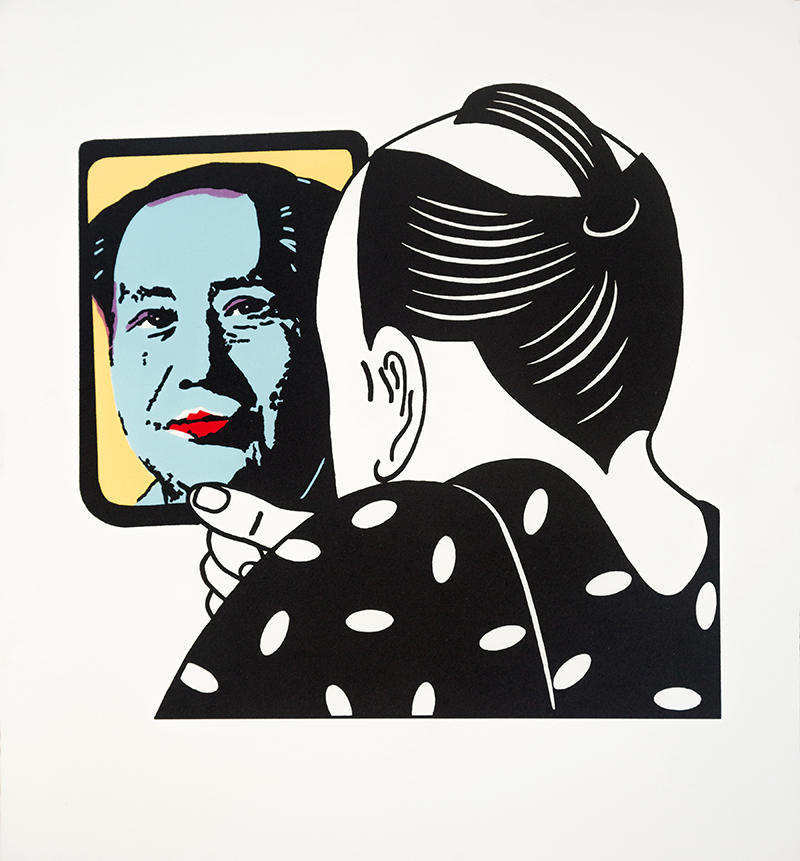
Color in Art, Color in Life: Prisms, Pigments, and Purpose
Join the process behind creating the exhibition Color in Art, Color in Life as the Museum curator explores color in art through phycology and artists Scottie Parsons, Roger Shimomura, and Roy Lichtenstein.
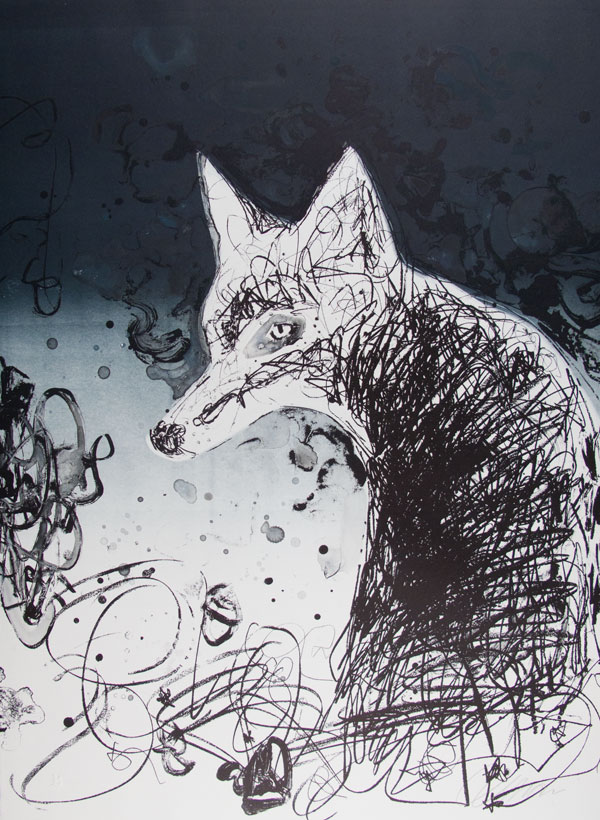
Art from the Collectors Circle: Expanding the Legacy
Follow the story of the Museum Collectors Circle as curator Danny Bills prepares for the retrospective of artworks acquired by the museum’s Collectors Circle.
-
Tuesday - Friday
10:00AM - 5:00PMSaturday
1:00PM - 5:00PM